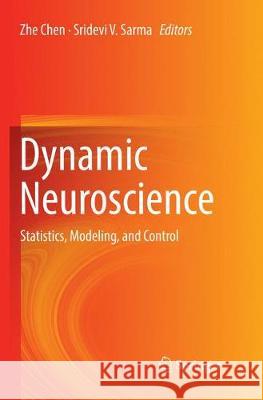Dynamic Neuroscience: Statistics, Modeling, and Control » książka
topmenu
Dynamic Neuroscience: Statistics, Modeling, and Control
ISBN-13: 9783030101398 / Angielski / Miękka / 2019 / 327 str.
Kategorie BISAC:
Wydawca:
Springer
Język:
Angielski
ISBN-13:
9783030101398
Rok wydania:
2019
Wydanie:
Softcover Repri
Ilość stron:
327
Waga:
0.50 kg
Wymiary:
23.37 x 21.84 x 1.78
Oprawa:
Miękka
Wolumenów:
01











